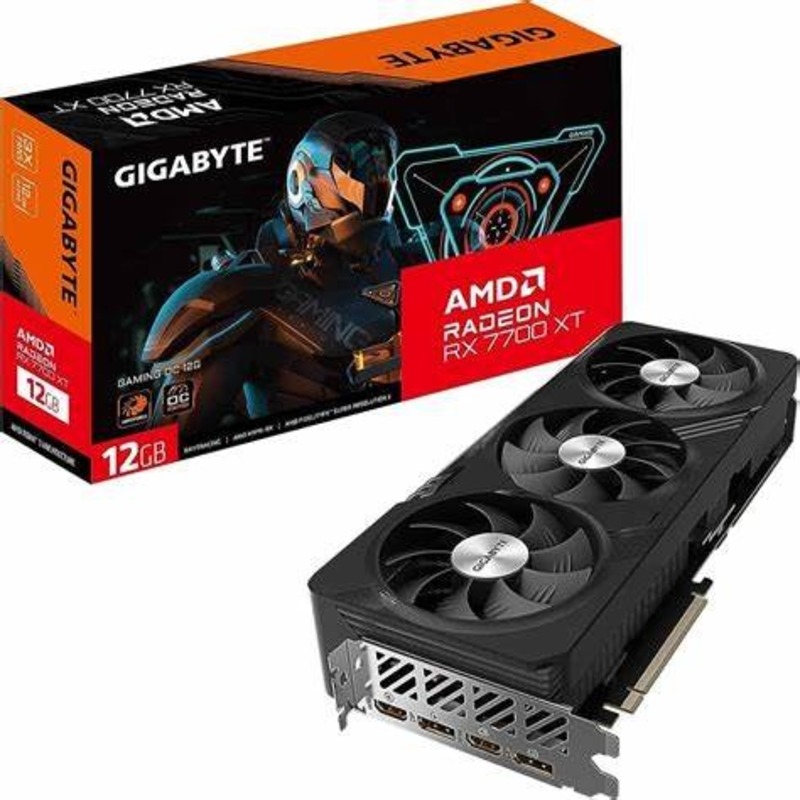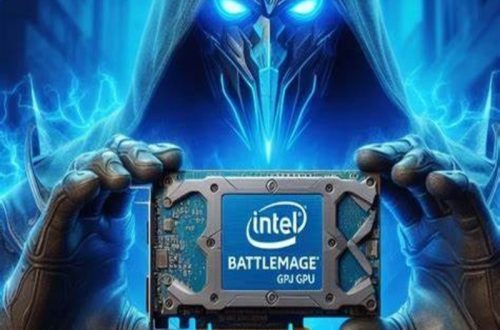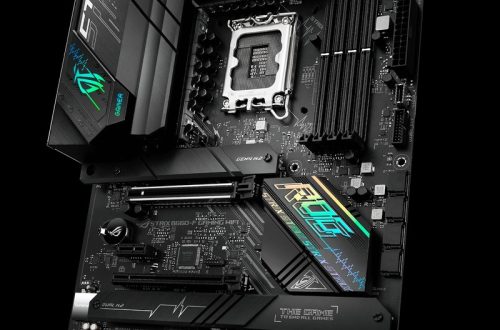Discovering Your GPU Model on Windows
Finding the make and model of your GPU on Windows is a straightforward process. Whether you are troubleshooting, looking to upgrade, or simply curious, knowing how to check your GPU specifications can be incredibly useful. Here, we will discuss two common methods used to identify your graphics card in a Windows operating system.
Using DirectX Diagnostic Tool
The DirectX Diagnostic Tool is a helpful built-in Windows feature that gives you a detailed look at your system’s hardware capabilities. Here’s how to use it:
- Press the Windows key + R to open the Run dialogue box.
- Type ‘dxdiag’ and hit Enter to open the DirectX Diagnostic Tool.
- Wait while the tool gathers information about your system.
- Once the DirectX Diagnostic Tool window appears, click the ‘Display’ tab.
- Within this tab, you’ll find your GPU’s manufacturer and model under the ‘Device’ section.
Checking Through Device Manager
Another method to check your gpu is by using the Device Manager. Follow these steps:
- Right-click the Start button and select ‘Device Manager’.
- Expand the ‘Display adapters’ section by clicking the arrow next to it.
- Your GPU’s model will be listed here, often with both the manufacturer and model number.
By using Device Manager, you can also update drivers or address any issues indicated by the presence of an exclamation mark beside the GPU name.
Both of these methods are quick and require no additional software. With these steps, you’ll easily discover your GPU model and be better informed about your Windows PC hardware.
Identifying Your GPU on macOS
Finding out your GPU model on a macOS can be crucial for certain applications or upgrades. MacOS offers built-in tools to obtain this information without the need for additional software.
Utilizing the System Information App
To identify your GPU on macOS, you can use the System Information app. Here are the steps:
- Click on the Apple icon in the top-left corner of the screen.
- Select ‘About This Mac’ from the drop-down menu.
- In the overview tab, click ‘System Report’.
- Scroll down and select ‘Graphics/Displays’ from the left-hand sidebar.
- This section will display your GPU model along with other details.
This method will provide comprehensive data about your graphics card, such as the type, VRAM (video memory), and whether it’s integrated or discrete.
About This Mac Overview
For a quick GPU check, use the ‘About This Mac’ overview:
- Click the Apple icon at the top-left corner.
- Choose ‘About This Mac’ from the menu.
- The ‘Overview’ tab will show a brief summary, including your graphics information.
This overview provides a snapshot of your system’s basic info including the GPU model, which is useful for a quick reference.
By following these steps, you can easily learn how to check your GPU on a macOS, whether you need a detailed report or just a quick look at your system’s specs.
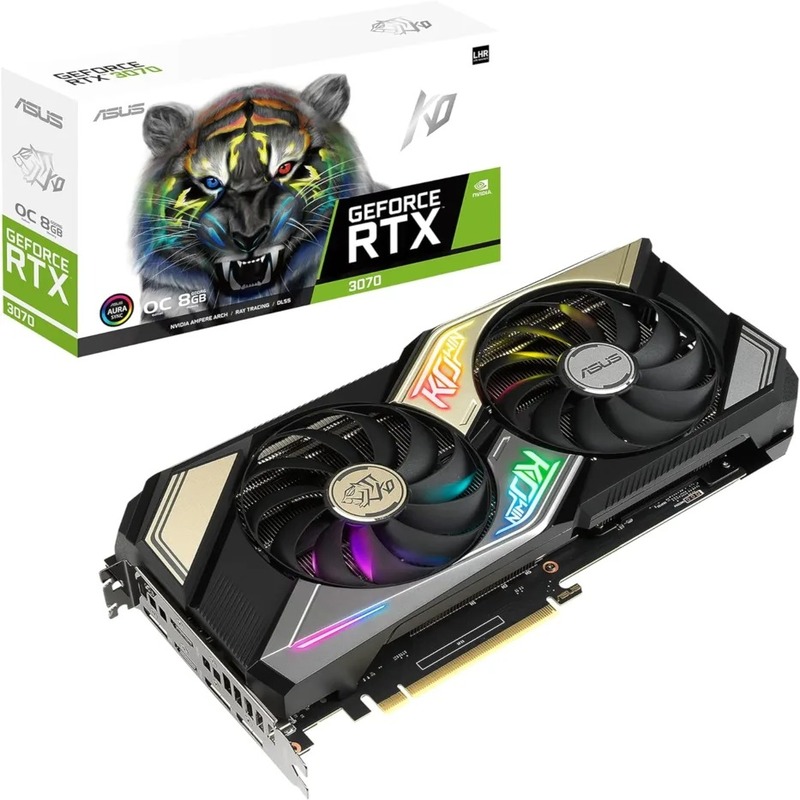
GPU Identification on Linux Systems
Identifying a GPU in a Linux environment differs from Windows or macOS, chiefly because of the open-source nature of Linux and the variety of available distributions. However, several command line tools provide an effective approach to determine the model of your graphics card. It is important for users to have root access or at least sufficient privileges to run commands for system information retrieval.
Command Line Interface Methods
For Linux users, the command line is a powerful tool for system management and information gathering. Here are some methods to check your GPU using the terminal:
- Utilize the
lspcicommand. This command lists all PCI devices on your system. Typinglspci | grep VGAwill show your GPU details. - The
lshwcommand is another option. Runningsudo lshw -C displayprovides detailed information on your graphics hardware. - If you have the
inxitool installed,inxi -Gxwill give a comprehensive overview of your GPU’s specs. - For Nvidia users,
nvidia-smican offer detailed data about Nvidia graphics cards.
It’s crucial to have updated drivers to get accurate information. These command line methods are robust, easy to use, and they require no additional software installations, which aligns with the typical preferences of many Linux users. With these commands, determining your GPU model becomes a task that can be completed swiftly and efficiently.
Additional Methods for Any Operating System
Beyond the built-in tools found in Windows, macOS, and Linux, there are third-party software options worth considering.
Using Third-Party Software Solutions
Third-party software solutions can be a godsend when built-in methods fall short. These applications often provide a one-stop-shop for monitoring and diagnosing your system’s GPU, as well as other hardware. Here are a few reliable third-party tools:
- GPU-Z: This lightweight utility offers deep insights into Nvidia, AMD, and Intel graphics cards. It displays specs, performance, and other crucial data.
- CPU-Z: Similar to GPU-Z, CPU-Z focuses on the broader aspects of your system’s hardware, including GPU info.
- Speccy: For a more holistic system overview, Speccy gives detailed information on every piece of hardware in your machine, including the GPU.
- MSI Afterburner: While known for overclocking, MSI Afterburner also provides comprehensive hardware details, such as your GPU model.
Before using any third-party tool, ensure your anti-virus software is up-to-date. Also, download software from official sources only. These applications are user-friendly and support a broad range of systems. They will help you check your GPU easily and provide additional insights that are not available on default system tools.
By using these applications, you can quickly retrieve detailed GPU data. This comes in handy especially if you’re a gamer or professional working with graphics-intensive applications. It ensures you have the full picture of your system’s capabilities and helps in making informed decisions regarding upgrades or troubleshooting.
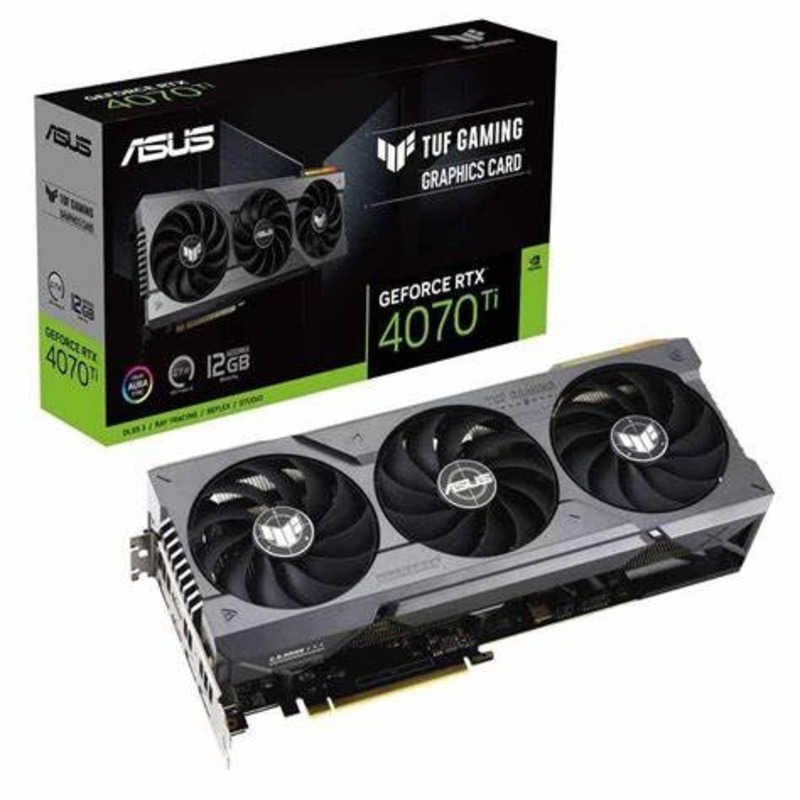
Understanding GPU Specifications
After identifying your GPU model, understanding its specifications is crucial. Knowing these specs helps in assessing performance and compatibility with software or games. Here’s what to look out for:
Core and Memory Clock Speeds
The core clock speed affects the rendering of graphics. A higher core clock means faster rendering. Memory clock speed boosts data transfer between the GPU and memory, enhancing performance.
Memory Size (VRAM)
More VRAM allows for better performance at higher resolutions. It stores textures and other graphics data during processing.
Memory Type
Different memory types like GDDR5 or GDDR6 have varied speed and bandwidth. Higher versions offer better speed and performance.
Bus Width
The bus width determines the amount of data that can be transferred simultaneously. Wider bus widths provide better data transfer rates.
Shader Units
These units handle shading and lighting effects in graphics. More shader units can produce more detailed and complex images.
TDP (Thermal Design Power)
This shows the maximum amount of heat a GPU will generate under full load. It’s vital for determining cooling solutions and power requirements.
DirectX/OpenGL Version Support
Newer versions support advanced graphics features. Ensure your GPU supports the latest versions for better game compatibility.
Understanding these specifications will guide you in maximizing your GPU’s potential. Whether upgrading or optimizing, knowing your GPU’s capabilities is key.
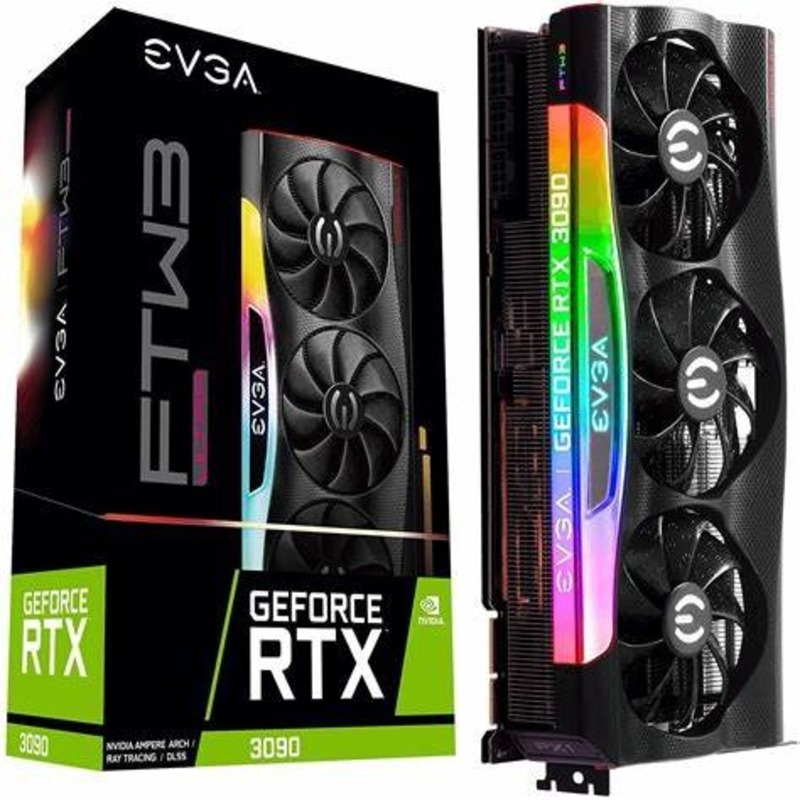
Troubleshooting Common GPU Detection Issues
Sometimes, despite following the steps above, you might encounter issues when trying to identify your GPU. These problems can arise due to various reasons ranging from driver conflicts to hardware malfunctions. Let’s go through some common troubleshooting tips that can help you resolve GPU detection problems.
Dealing With Drivers and Software Conflicts
Driver and software conflicts are among the top reasons why a GPU might not show up correctly. Here’s how you can tackle these issues:
- Update your GPU drivers. Check the manufacturer’s website for the latest driver versions.
- Use safe mode to remove conflicting drivers. This prevents non-essential software from loading, which might cause issues.
- Check for software updates. Keep your operating system up-to-date to avoid compatibility problems.
- Roll back drivers. If a recent update is causing issues, rolling back to an older driver version can fix the problem.
Hardware Related Problems
If driver updates don’t resolve your issue, it could be due to hardware problems. Here’s what you can check:
- Ensure the GPU is properly seated in the PCI-E slot. A loose connection can prevent detection.
- Check the power connectors. Make sure your GPU is receiving power from the power supply unit.
- Clean the GPU. Dust and debris can cause overheating and malfunctions.
- Try the GPU in another computer. This helps you determine if the issue is with the GPU or your system.
By carefully working through these troubleshooting steps, you can diagnose and often resolve most GPU detection issues. Remember, keep how to check your gpu methods in mind for a successful detection.
